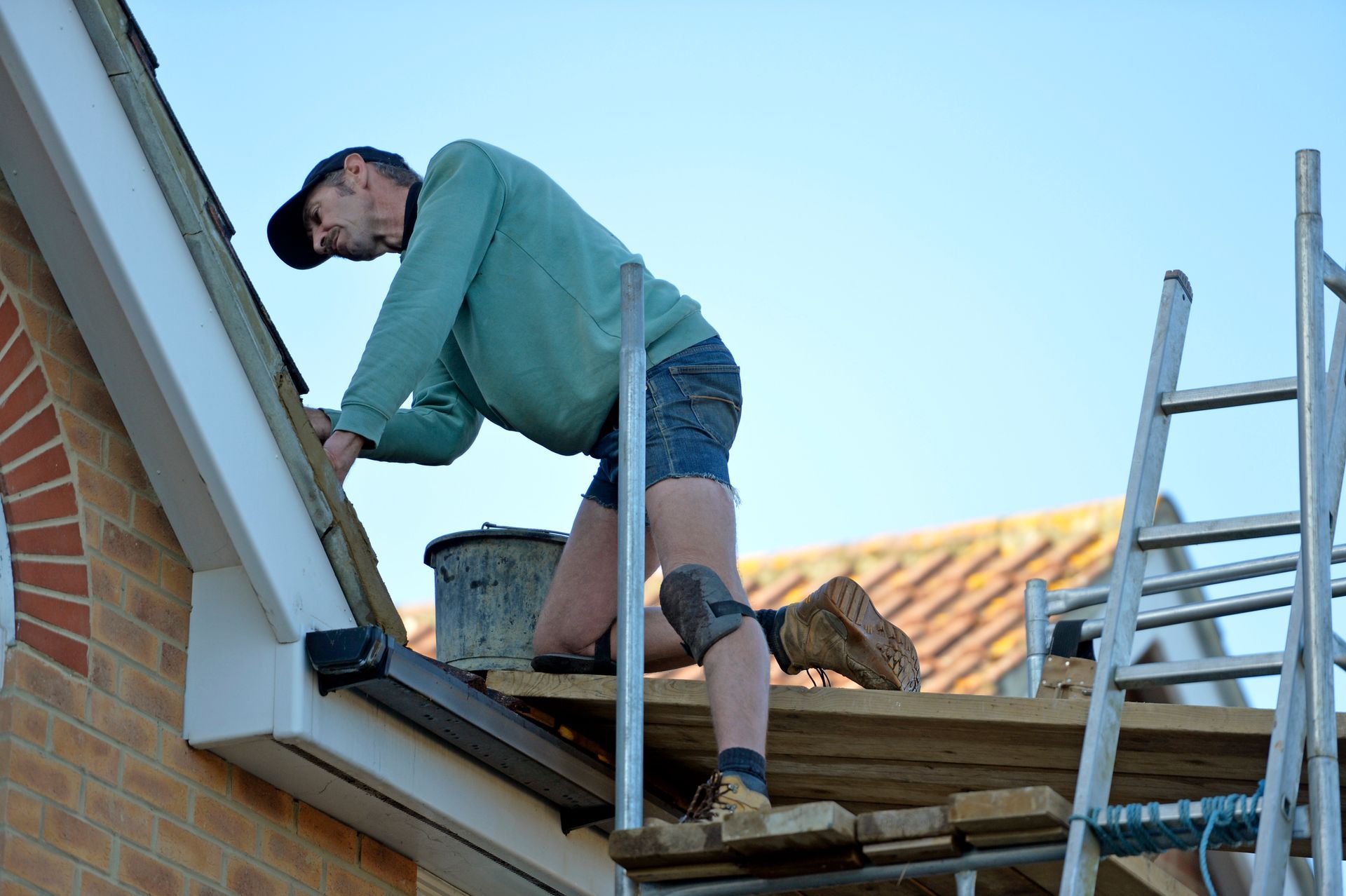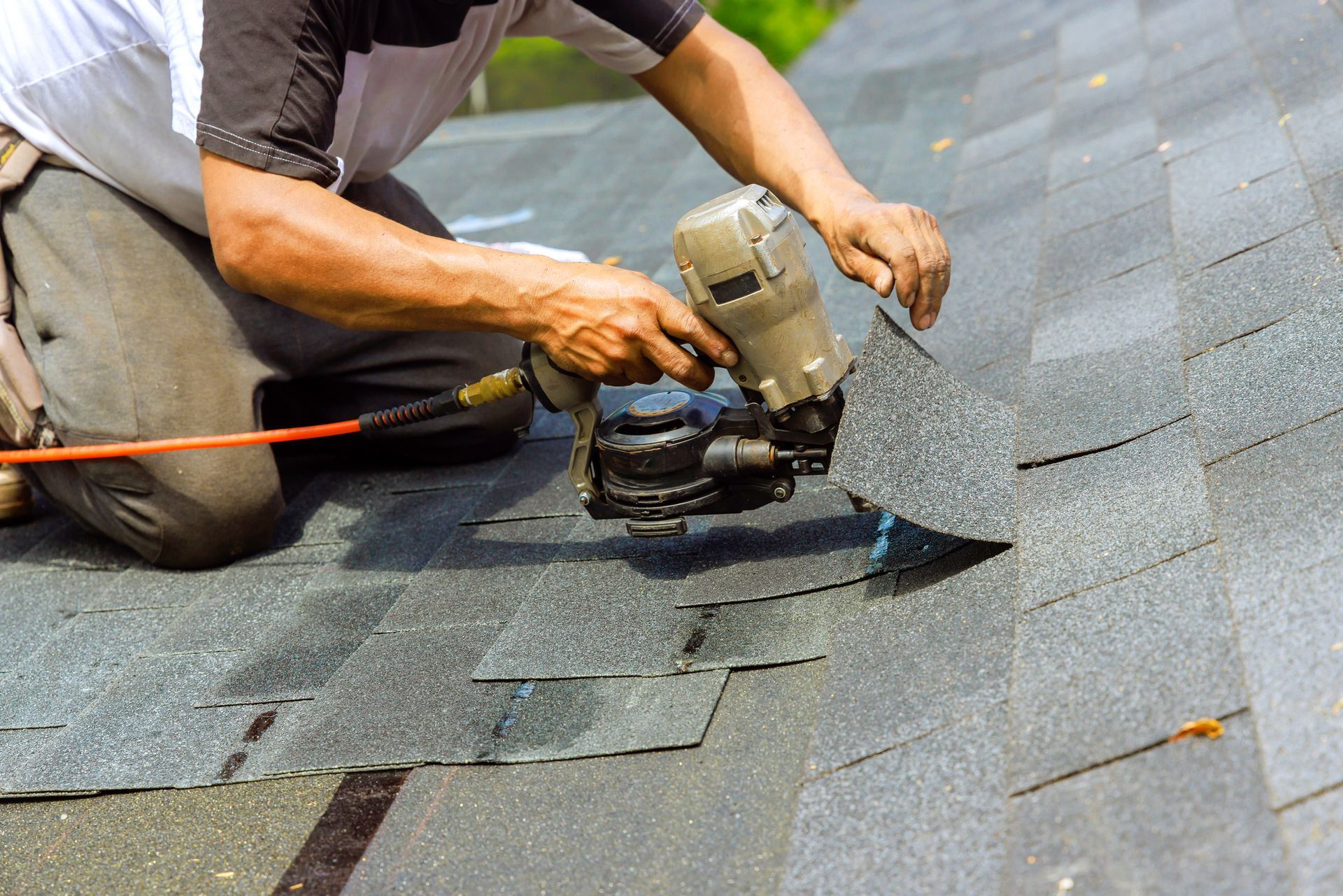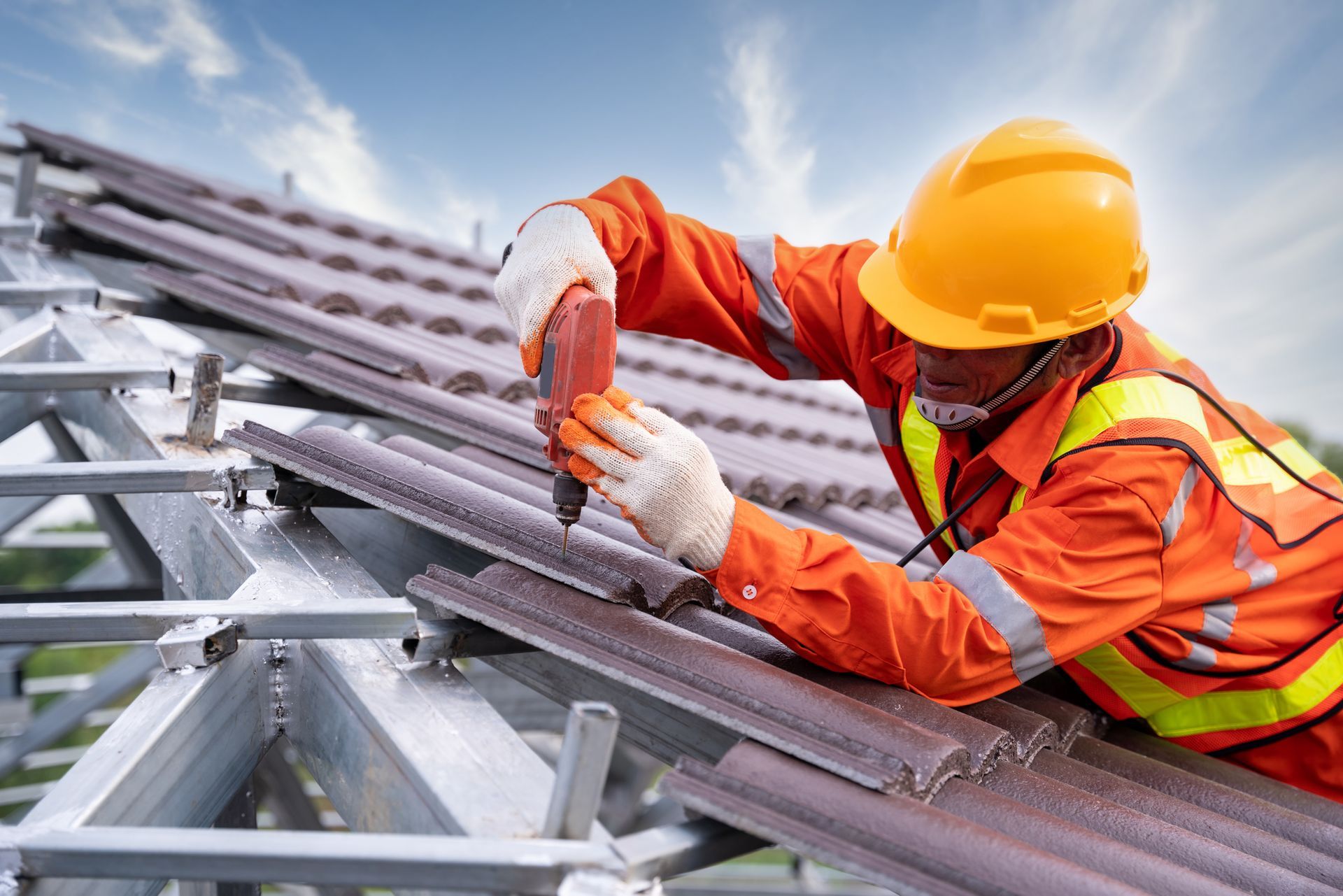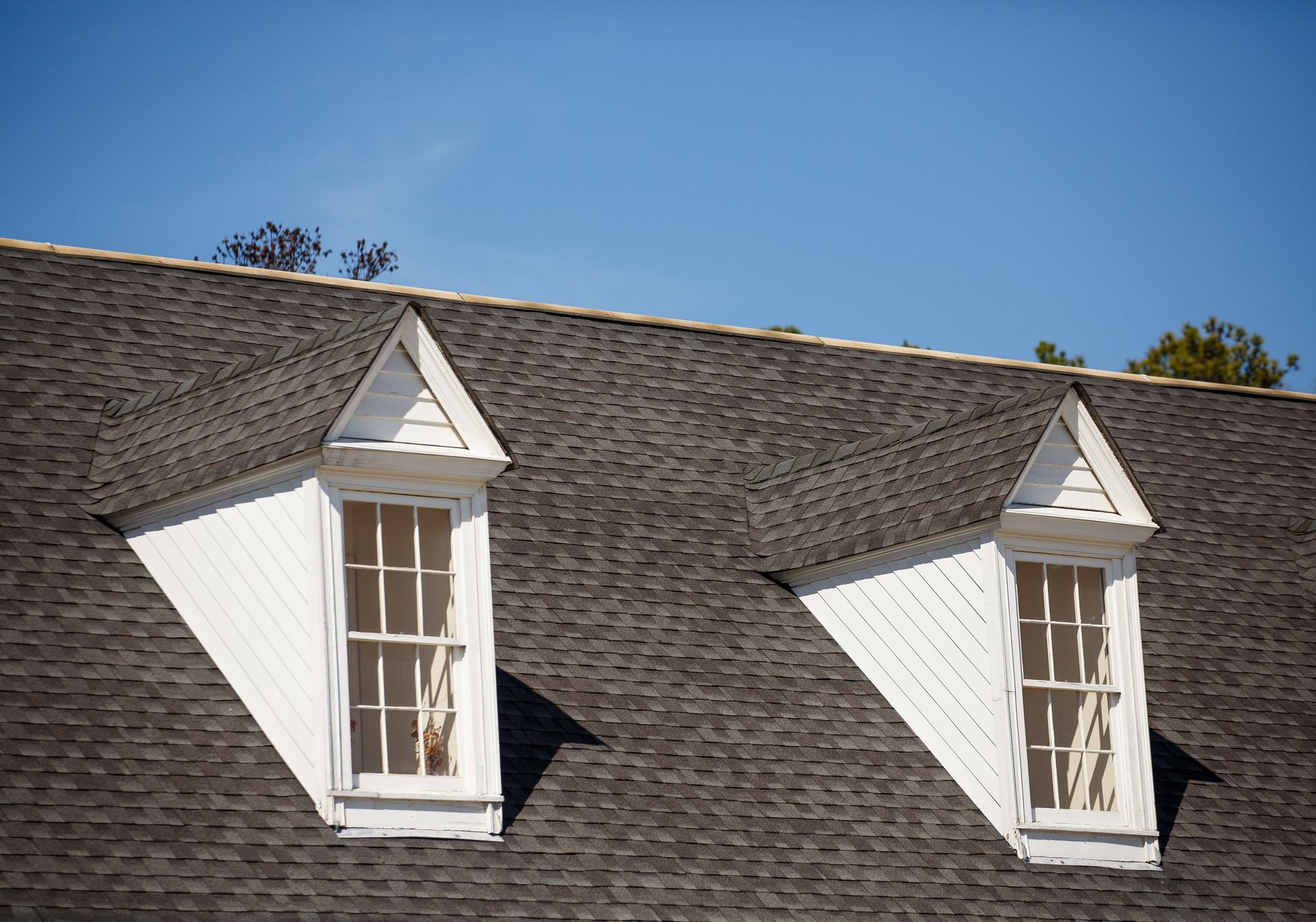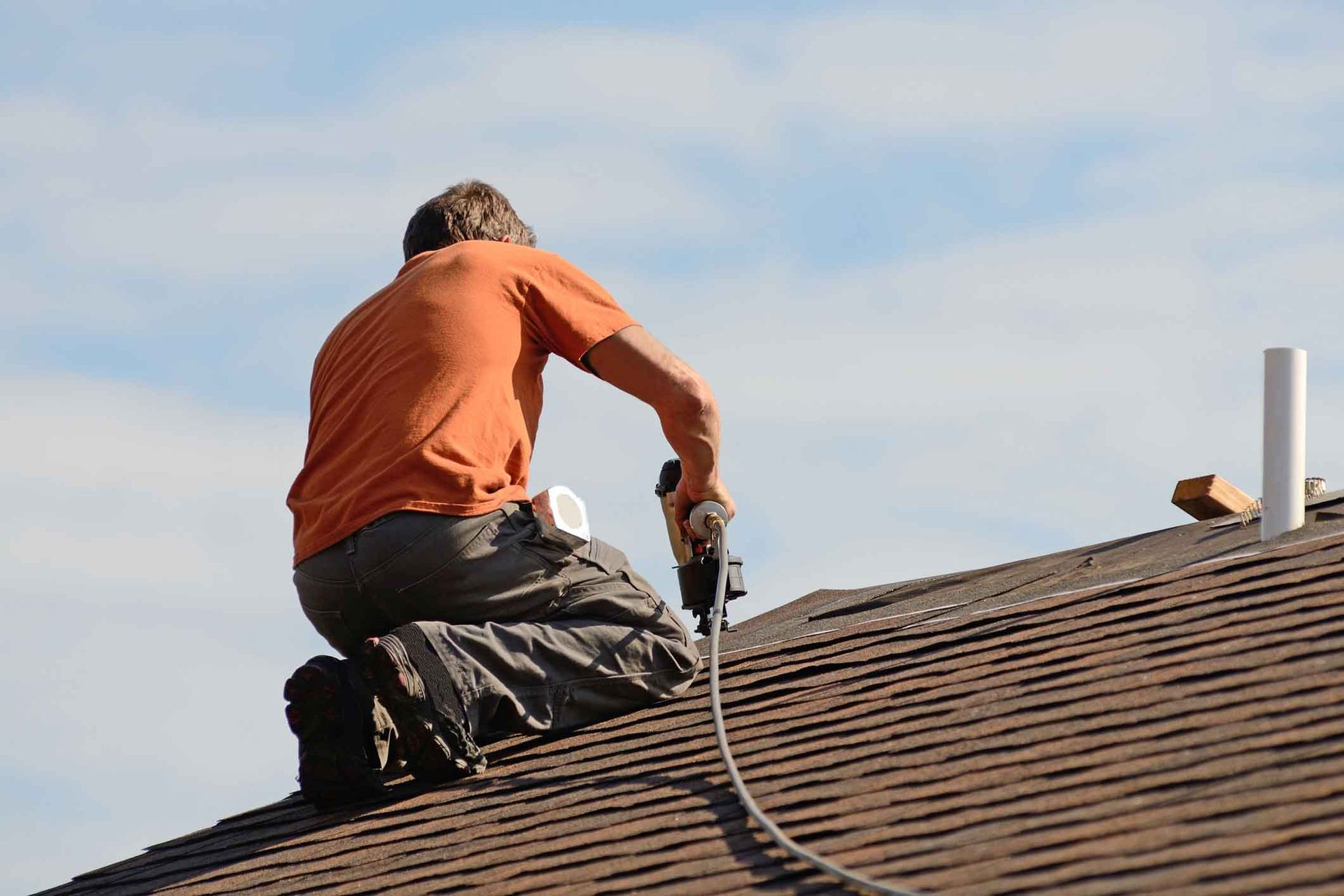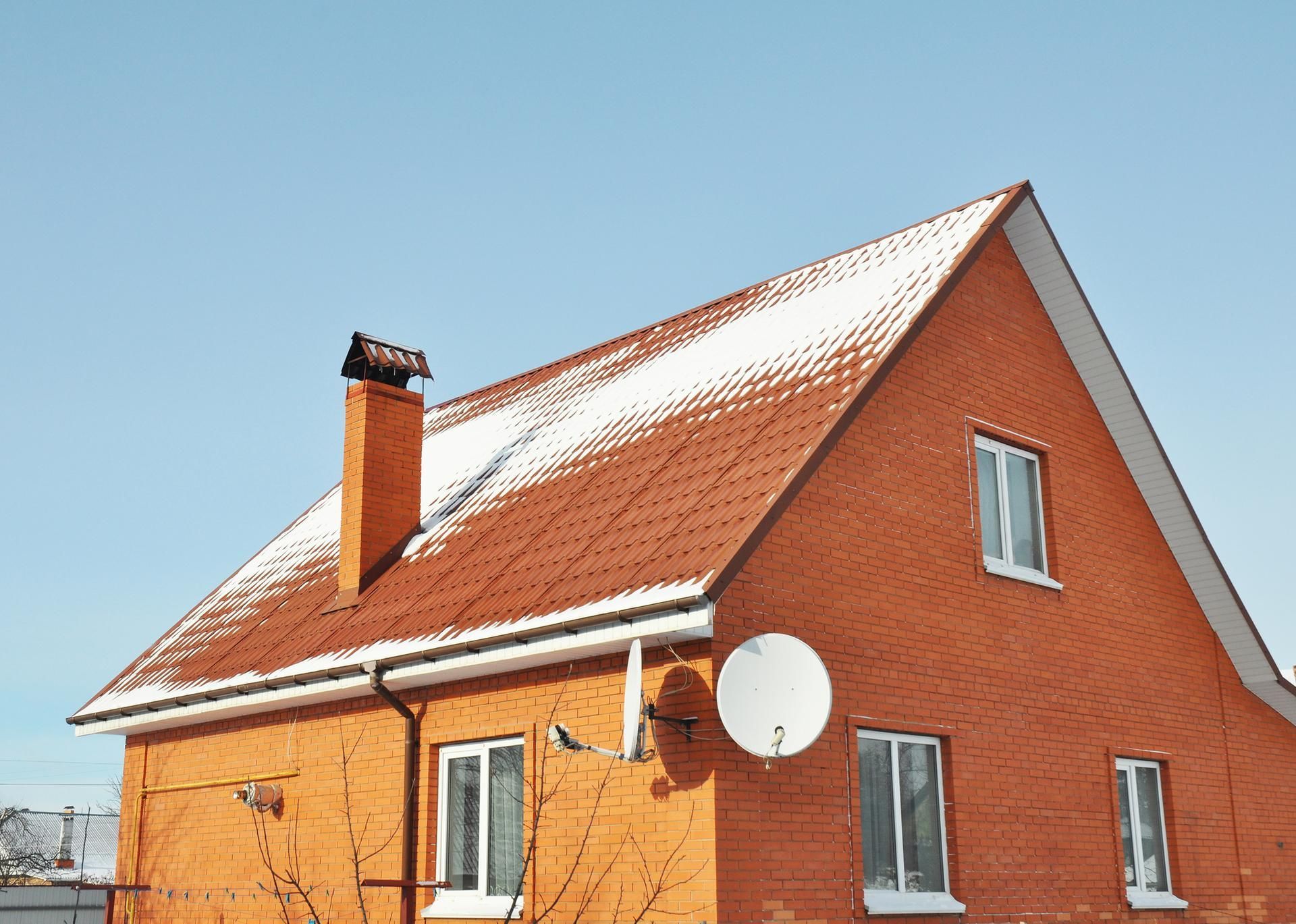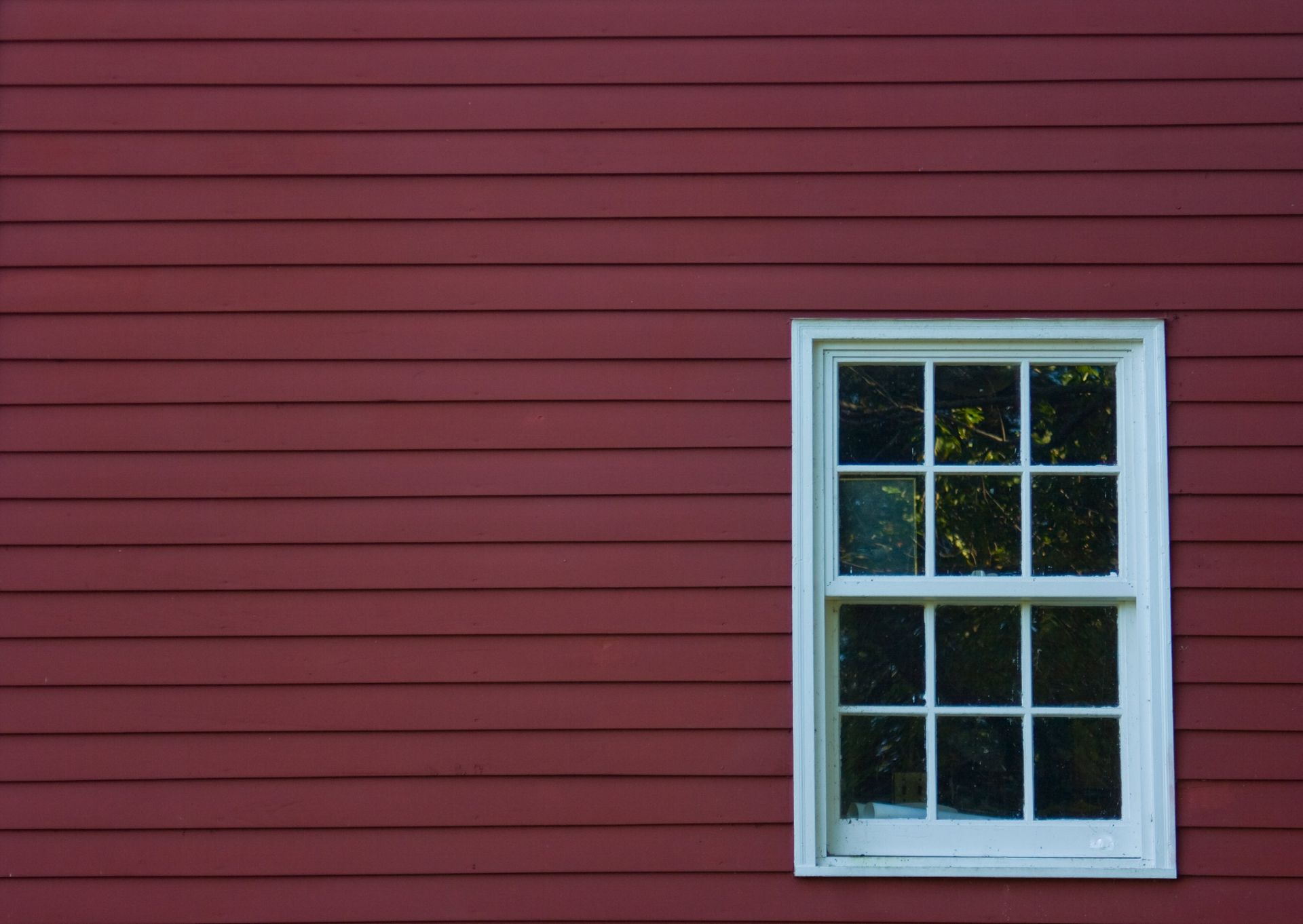8 Signs of a Roof Leak
Roofing systems are vulnerable to damage from extreme weather conditions, fallen tree branches, pest activity, and poor maintenance. Often, roof damage manifests as leaks that can be hard to detect until they cause extensive damage to your property. Discover eight indications of a roof leak below.
1. Water Stains on Ceilings or Walls
Water dripping in the attic reaches your ceilings eventually and walls, appearing as yellow or brown stains. The water stains often occur at the center or edges of the ceiling and may seep into lighting fixtures. When this happens, turn off the fixture and have a roofer check your roof for damage.
If you leave the water to run down your walls unchecked, you have to incur repair costs for rotted framing and deteriorated insulation. You may even notice the paint peel away from the walls, indicating severe leaks.
2. Mold Growth
Moisture encourages mold growth, and a leaky roof causes mold outbreaks in various parts of the home. For instance, the area where a roof edge joins a sidewall is vulnerable to mold and mildew proliferation, especially if a window or door lies below and water can drip behind the trim.
Mold growth can go undetected for years, so you should regularly check different parts of your home. Check the exterior walls, vents, lighting fixtures, and ceiling fans for black, gray, or greenish patches.
3. Unpleasant Odors
A leaky roof causes musty smells in your home that worsen after a rainstorm, when you open windows, or when you turn on the HVAC system. The smell can originate from wet insulation, so head to the attic to check for clumped batts. A musty odor can also signal mold growth, which worsens the symptoms of residents with respiratory issues.
4. Dripping Water
Sometimes, a roof leak is as evident as the sound of dripping water in the attic or other areas of the house. An active leak can indicate the presence of an ice dam, which forms when the ice on your roof freezes and thaws. Don't ignore dripping water, as even an irregular leak causes costly damage to your home.
5. Sagging Ceilings
Over time, leaking water accumulates above the ceiling and weighs it down. Unless you repair the roof, the ceiling starts to sag and swell and may eventually collapse, resulting in costly repairs. As soon as the ceiling tiles start to buckle, have a roofer examine your roof for leaks to avoid steep repair expenses.
6. Curled or Broken Shingles
If water leaks into your home, your roof likely has an opening that allows water flow. You must examine your roof for compromised shingles, especially after rainstorms, strong winds, and other extreme elements. If you find missing shingles, ask your roofer about replacements since they will find the exact shingles and quickly restore your roof's integrity.
7. Damaged Plumbing Vent Boots
Plumbing vent boots are the white pipes that stick out of your roof and run to the kitchen and bathrooms. Compromised vent boots let water into your home, so check them regularly for any signs of damage.
First, evaluate the rubber boot around the pipe for tears or rot. Damage in metal bases manifests as torn seams and cracks in plastic ones, and you should also check for missing nails.
8. Damaged Flashing
Flashing is thin metal material used by roofers to direct water away from roof valleys, chimneys, vents, and other openings on the roof. These metal pieces are susceptible to damage from high winds, storms, and intense heat, so check your roof regularly. In many cases, roofers repair flashing without affecting other parts of the roof.
Many of our clients at Ohio Roofing Siding & Slate, LLC., contact us to repair roof leaks, as they typically appear unexpectedly. Fortunately, our roofing experts have extensive experience dealing with all kinds of roof damage. Contact us today for prompt roof services.

